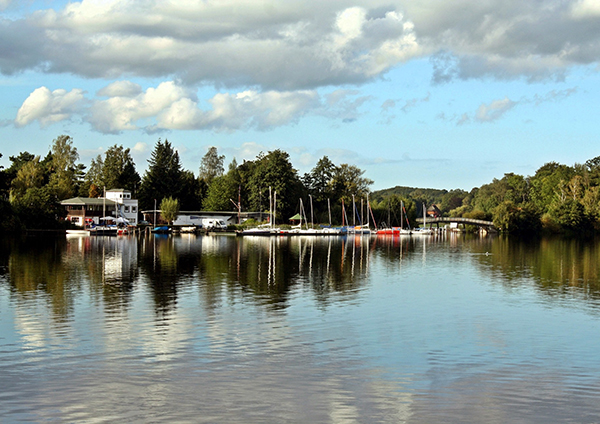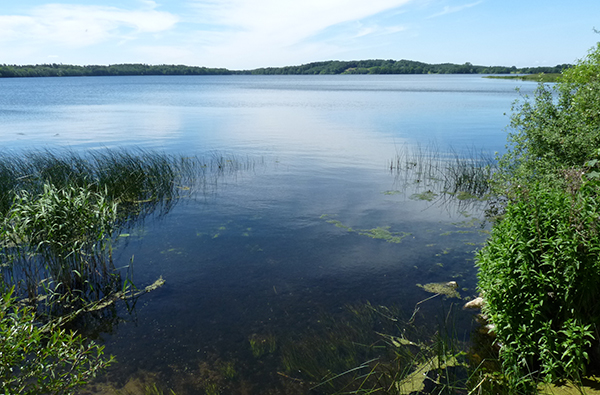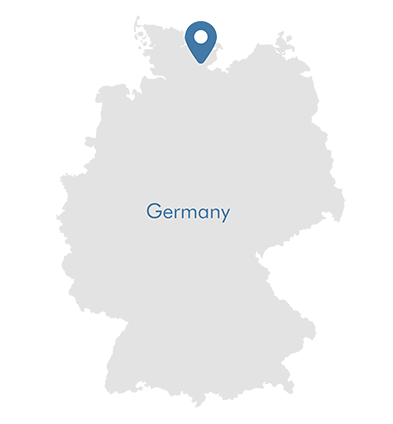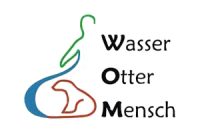GERMANY, EUROPE
Holstein Switzerland
Holstein Switzerland is the land of lakes: The landscape is still characterised by the around 200 bodies of water that were created during the last ice age. The region is partly located in the Holstein Switzerland Nature Park, which extends over 750 km², making it the largest nature park in the northernmost federal state. The largest lake by far is the Lake Plön, which covers an area of almost 30 km². Kellersee (5,6 km²), Dieksee (3,9 km²), Lanker See (3,2 km²) and Behler See (2,8 km²) are the next largest lakes. The most important watercourses in the region include the rivers Schwartau, Schwentine and Trave.
What makes it special
Of the 300 or so lakes in Schleswig-Holstein, well over 200 are located in Holstein Switzerland. This is one reason why the lakes of Holstein Switzerland were Living Lakes of the Years 2020 / 2021.
Protection status
· EU Natura 2000
· Nature Park - Naturpark Holsteinische Schweiz
· Protected Landscape (IUCN Category V)

Biodiversity
The waters provide a habitat for many animal and plant species, some of which are rare. Numerous breeding, resting and winter birds can be found throughout Schleswig-Holstein. Breeding water birds include Great Crested Grebe, Tufted Duck and Goldeneye. Reed Warblers and Bitterns live in the reedbeds of the lakes. The White-tailed Eagle is also native to the area and its population continues to increase. Various amphibians, such as the Fire-bellied Toad, Tree frog and Moor frog, colonized the damp depressions and moors. Otters are still among the endangered species that have recolonized the habitats in Schleswig-Holstein in recent years, coming from the north from Denmark and from the south-east from Mecklenburg-Western Pomerania.

Threats
Main issues are the extensive use for tourism and influx of pesticides and nutrients from surrounding agricultural landscape.

Our Work
Wasser Otter Mensch e. V. has been initiating otter conservation projects throughout Schleswig-Holstein since 1999, starting with the Schwartau and Schwentine rivers. The otter prefers large-scale, interconnected and intact water systems with a sufficient food supply. To protect otters, it is important to minimise the dangers posed by roads, fish traps, poisons and habitat destruction and to take countermeasures to protect the rivers and lakes of Holstein Switzerland.
Water – Otter – People



